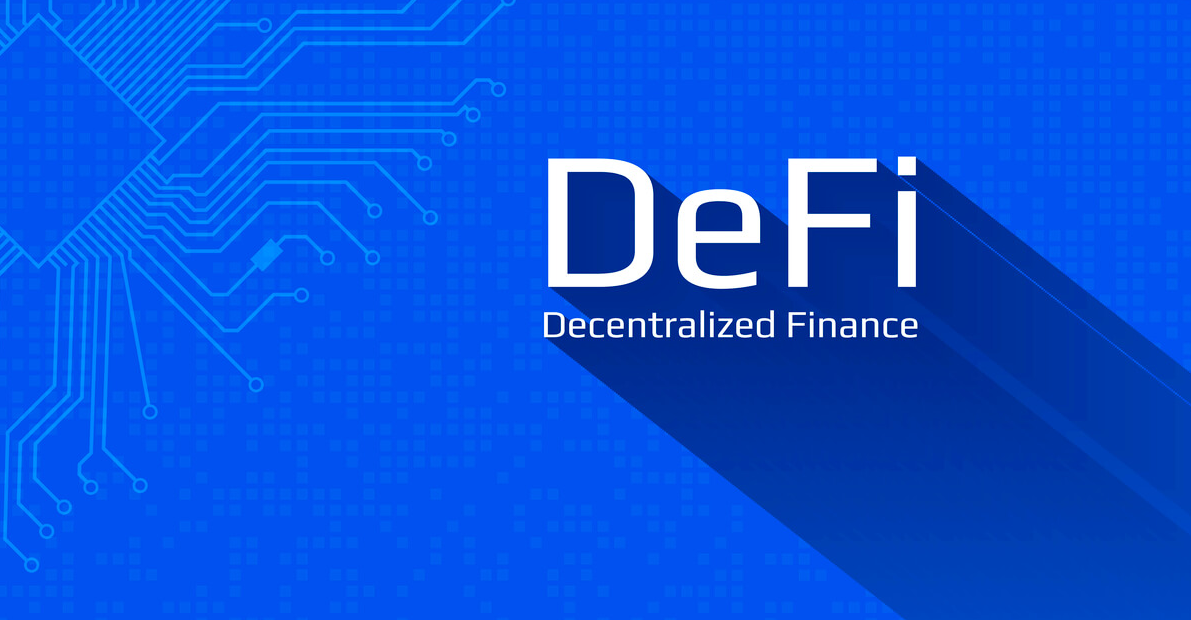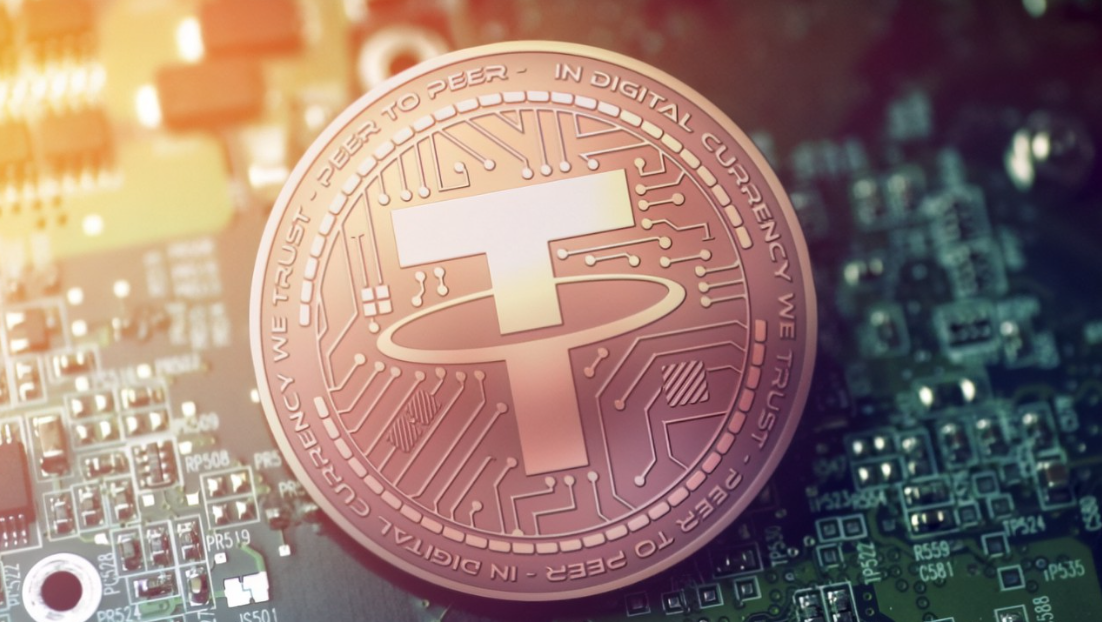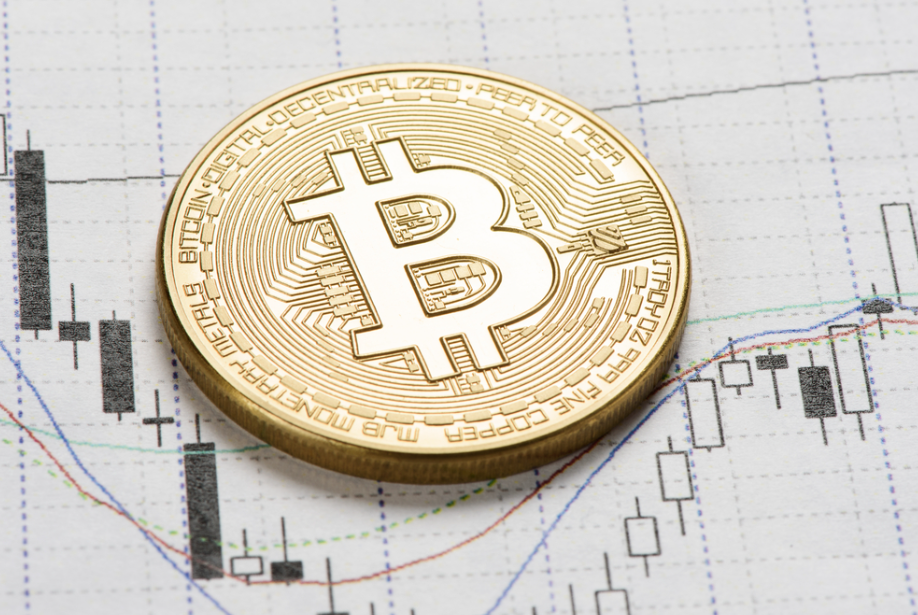The DeFi Ecosystem. DeFi is an ecosystem of blockchain networks and smart contracts that allows people to have complete authority over their own finances. It encapsulates an array of financial services such as savings, payments, trading, lending insurance and more without the need for intermediaries like brokers or exchanges.
One of the most popular applications is Compound, a protocol that lets anyone supply crypto assets and start earning continuously compounding interest on them. As of December 2018, $8.9 billion was locked into this protocol (according to DeFi Pulse).
Lending and Borrowing Platforms
Using blockchain-based technology, DeFi provides users with a variety of financial tools and applications. The platform uses a Turing Complete programming language to create smart contracts that eliminate the need for intermediaries and provide users with a safer way to transact.
The DeFi ecosystem includes dapps that enable users to easily lend and borrow assets on the DeFi network. These dapps are powered by protocols that run on the Ethereum network. These protocols also allow users to use cryptocurrencies as collateral, and they are responsible for the safety and security of user funds.
Most dapps are easy to use, but some may be more complicated. This makes it important to check out the details of each platform before deciding whether or not to use them.
Lending and borrowing platforms in the DeFi ecosystem are designed to simplify transactions between borrowers and lenders. These platforms offer a high level of security, transparency, and efficiency compared to traditional lending sources. They are a great option for both borrowers and lenders because they can provide them with low-cost capital, high liquidity, and flexible terms.
DeFi lending enables crypto HODLers to earn tokens at attractive interest rates by lending their cryptocurrency holdings out. This is a great way to maintain their asset holdings during market downturns while generating passive income.
Aave is one of the most popular DeFi lending platforms and has been around since 2017. Originally based on the Ethereum network, Aave now facilitates lending and borrowing markets on seven different networks.
The platform allows a community to govern the protocol, and token holders can vote on future developments. It has a community token, AAVE, that enables discounted fees on trading and providing collateral.
It is important to note that many of these platforms do not fall under a governmental framework, so borrowers must trust the creators that the smart contract code has no bugs and that they will always be able to recover their funds if necessary. This means that there is no governmental insurance mechanism for borrowers and their funds, and this can make DeFi protocols more susceptible to hacking or theft.
Smart Contracts
Smart contracts are the backbone of the DeFi ecosystem. They’re small applications that are stored on a blockchain and executed automatically when specific criteria are met. They’re extremely secure because no one can change the code, and they’re also highly transparent since all participants in the network can independently verify the resulting state changes.
For example, a local store could use smart contracts to track apples and release payments when all are accounted for. This allows the store to monitor how well parties comply with orders, preventing supply disruptions and delays in payment delivery. It also provides a rating system for clients that would help the store to avoid working with problematic customers in the future.
A smart contract is a type of Ethereum account that can hold funds and send or refund them based on certain conditions. It’s a great way to ensure that money is transferred efficiently, and it can save businesses time and money by eliminating intermediaries.
However, there are some challenges that need to be addressed to make smart contracts a successful tool in the financial world. These challenges include issues with data quality and security.
Despite these limitations, smart contracts are a powerful tool that can revolutionize the financial world. These contracts can be used to make loans and investments, as well as other financial transactions.
To make a smart contract work, it needs to be compiled into a smart contract dapp (distributed application). It’s important to note that these dapps should be built on top of a robust data infrastructure to ensure they can receive high-quality, tamper-proof data.
In addition, they must be able to process transactional requests and perform other functions quickly. This is especially important for applications that need to execute many tasks per second.
Currently, smart contracts are being developed for various industries such as music, real estate, finance, manufacturing, retail, and supply chain. These companies are looking to use them to streamline their processes, speed up operations, and reduce costs. This is particularly relevant in the financial industry, where they can help to reduce fraud and improve the customer experience.
Wallets
Wallets in the DeFi ecosystem store crypto-assets and allow users to send and transfer them. These are typically non-custodial and key-based, meaning that the wallet’s private keys are only accessible by the user – no centralized platform can view or control these keys.
These wallets are available in both software and hardware formats, and come with a variety of additional features to make them more convenient for their users. For example, some wallets support token swapping and even offer a range of other services such as yield farming and staking.
One important factor to consider when choosing a wallet is whether it supports the type of assets you are interested in. Some wallets support only a small selection of cryptocurrencies, while others will allow you to store multiple assets on the same wallet. Additionally, you should check to see whether the wallet offers a secure, user-friendly experience.
Another thing to look for in a wallet is compatibility with a number of DeFi applications and dApps (decentralized apps). This is especially important when you are using your DeFi wallet on a mobile device. Some wallets also feature an interface that lets you connect your DeFi wallet to your bank account, making it easier to manage and transfer crypto.
A reputable DeFi wallet should offer all the essential security measures to keep your assets safe, such as multi-factor authentication and biometric verification. These are all designed to protect against hacks, malware, and other forms of security breaches.
Lastly, you should look into the wallet’s reputation for security and how well it is known within the community. This is important because DeFi wallets can be used to transfer or purchase a wide variety of cryptocurrencies, so it’s crucial that the wallet you choose has a high level of security.
Wallets in the DeFi ecosystem are often accessed through a web3 interface, which means that they need to be compatible with a number of different platforms. Some wallets are primarily designed to be used on desktop devices, while others are geared towards mobile users. This makes it more difficult to choose the best wallet for you, but if you do your research and weigh your options carefully, it is possible to find a solution that meets all of your needs.
Exchanges
Decentralized finance is a subset of the crypto space that provides many of the financial services that we take for granted, including lending, borrowing, investing, trading, market-making and more. It works by using cryptocurrencies and smart contracts to provide services without the need for intermediaries.
A decentralized exchange (DEX) is one of the key components in the DeFi ecosystem and allows users to trade digital assets in a noncustodial manner. These DEXes are often built on top of a blockchain and utilize smart contracts to execute transactions. They can also be built on top of a protocol that includes liquidity pools, removing the need for market makers to provide liquidity.
DEXes typically charge two types of fees–network fees and trading fees. Network fees are based on the cost of gas for on-chain transactions. These are collected by the underlying protocol, its liquidity providers, token holders, or a combination of these entities as defined in the design of the protocol.
While there is a wide range of different DEXes in the DeFi ecosystem, each has its own unique set of features and functions. The key is to learn what each of them has to offer before making any investments or trading decisions.
In addition to DEXes, there are other platforms in the DeFi ecosystem that help coordinate all of your decentralized finance activities. These products can help you manage your investments, loans and trades on multiple DEXes from a single interface.
The majority of DeFi protocols are written in smart contracts, which make them completely decentralized and rely on blockchain technology to facilitate their operations. In addition to ensuring that no single party can alter their code, these contracts enable automated and autonomous execution.
This enables decentralized finance protocols to run without any central points of failure, giving them the ability to operate at scale and eliminate the need for a third-party administrator. As a result, DeFi applications are free to evolve and become more complex without having to change the network.
However, even with the best security measures in place, DeFi protocols can be vulnerable to hacks and coding errors. For example, a DEX can suffer from a front running attack where a participant sees an upcoming trade on the chain and puts their own transaction ahead of it. This can cause the original transaction to become less profitable or to revert.



